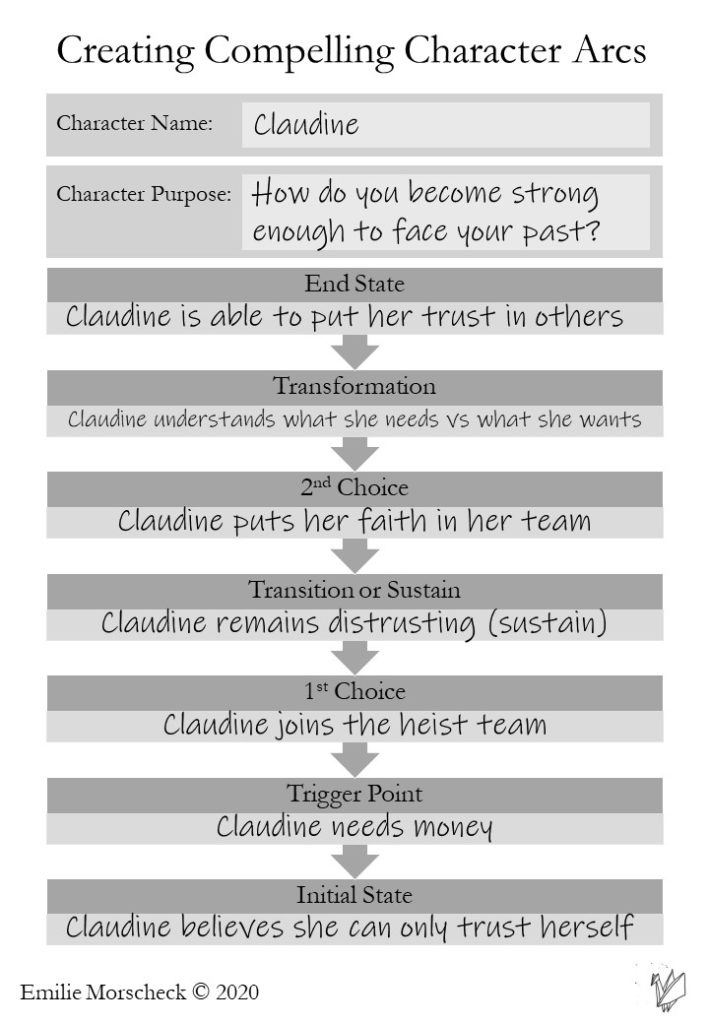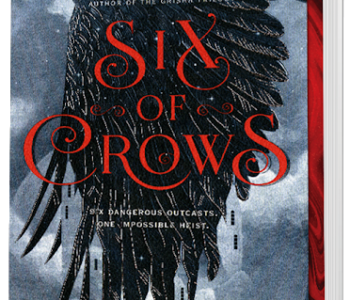 Musings
Musings
Undertaking a Structural Edit: Part 4 – Manuscript Assessments
In 2020, I was awarded the Anne Edgeworth Fellowship to develop my manuscript, The Selkie Curse. The fellowship is generously funding a manuscript assessment and a mentorship. Along with the funds and my project work, those who win the fellowship are expected to undertake some community outreach. This post is the fourth in a series that I will write over the next few months about the process of structural editing. I hope to share my progress as well as any insights I uncover into the challenging task of editing my own novel.
About The Selkie Curse: Elsa and her mother, Queen Tiari, are at war with the Fisherman Kingdom. The young king of the Fishermen blames Queen Tiari for his father’s death, and he is set to destroy Tiari’s queendom. It is up to Elsa, and her best friend Aada to end the war and save their home.
Since my last post, I have done little work on my manuscript—but for good reason! I had to send off the novel to my editor for a manuscript assessment. I spent several weeks doing hefty re-writes to restructure scenes, fix up the prose, and ensure the manuscript was ready for fresh eyes. Even after all that work, I knew it wasn’t perfect, but the plot was as far as it was going to get on my own. With an enormous sigh of relief, (and an impending sense of dread) I hit send on the email to my editor. For the first time since starting this project, someone was going to read the full manuscript.
After that, I took a break. There wasn’t anything I could do while my manuscript was being reviewed. I wasn’t completely idle, however; I finished an outline for an upcoming project and started the draft of my next novel. Working on different projects really helped me to get my head out of the world of The Selkie Curse. When it came time to return to the manuscript, I’d hopefully have a sense of detachment.
While it is impossible to fully separate yourself from your work, when I got the manuscript assessment back several weeks later, I’d already begun to forget what was in the manuscript! I viewed the feedback as objectively as I could. My manuscript assessment was fourteen pages of pure gold. My editor broke down the major elements of the story and suggested how they could be built back up bigger and better than before. My lovely editor understood the story I was trying to tell and how to strengthen my own voice. It was exciting and daunting to read the assessment because I could see how much more work there was to do.
I sat on the feedback for about two weeks, thinking over the issues and brainstorming the way forward. When I had some solutions, I worked them through with my editor, ensuring that they would weave into the story and not veer it off a cliff. After all that, it was time to get back to writing! I estimate I’ll have to add 10k words and cut about 5k.
With my June 30 deadline looming, I better get back to work!
My key insights from the last few weeks:
- A set of eyes other than your own can find issues you won’t be able to see on your own (this doesn’t mean you need to hire an editor, find a writing pal to swap manuscripts with)
- Those issues are opportunities to improve your manuscript—not problems to complain away
- Give yourself time to think and find connections organically—structural editing can’t be done in a single session








